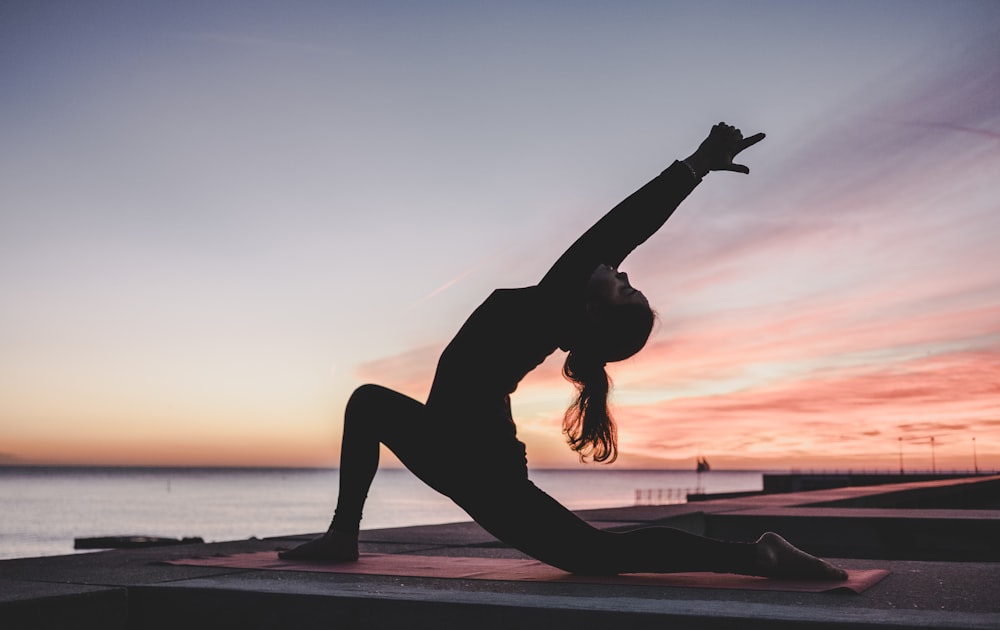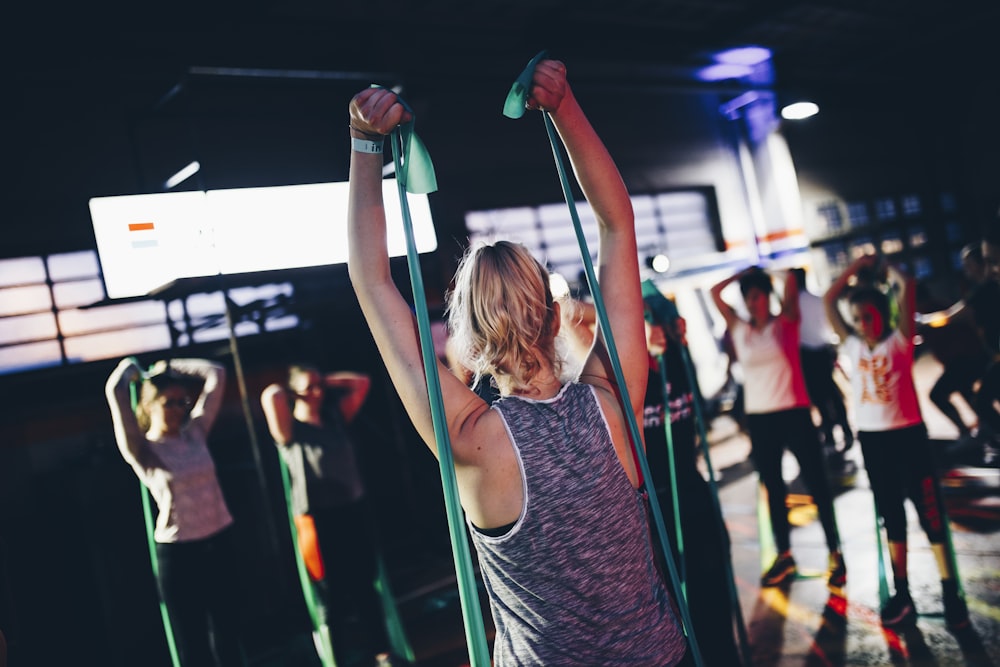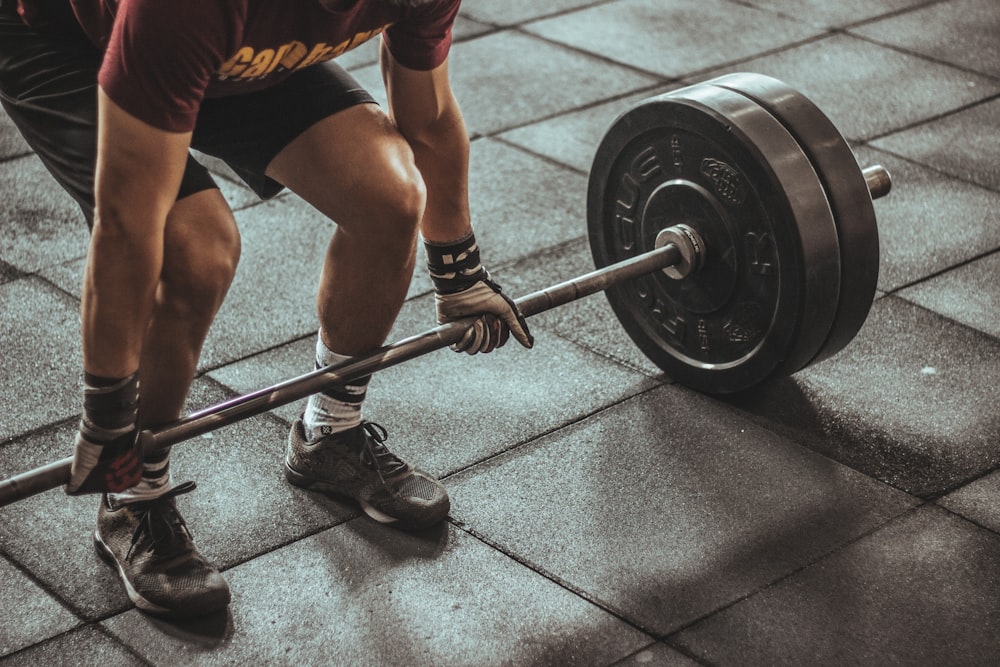Stay Positive and Focus on Progress, Not Perfection
Staying Consistent: The Key to Long-Term Success
Finding Your Motivation:
Staying consistent in your fitness journey requires finding deep-rooted motivation. This can come from various sources, such as personal goals, desires for a healthier lifestyle, or aspirations to excel in your chosen sport. Understanding what truly motivates you is the first step towards staying consistent.
Setting Clear Goals:
Once you’ve identified your motivation, the next step is to set clear and achievable goals. These goals should be specific, measurable, attainable, relevant, and time-bound (SMART). Clear goals provide direction and a sense of purpose, making it easier to stay consistent in your efforts.
Creating a Supportive Environment:
Consistency is often easier to maintain when you’re surrounded by a supportive environment. This includes having friends, family, or workout buddies who encourage and motivate you. Additionally, joining fitness communities or groups can provide a sense of accountability and camaraderie, helping you stay consistent in your fitness routine.
Developing Positive Habits:
Consistency is built on a foundation of positive habits. This includes establishing a regular workout schedule, prioritizing healthy eating habits, getting enough rest and recovery, and practicing stress-reducing activities like meditation or yoga. These habits not only support your fitness goals but also contribute to overall well-being.
Tracking Progress:
To stay consistent, it’s essential to track your progress regularly. This can be done through various methods, such as keeping a workout journal, using fitness tracking apps, or scheduling regular assessments with a fitness professional. Tracking progress not only keeps you accountable but also allows you to celebrate achievements and make necessary adjustments.
Overcoming Challenges:
Staying consistent doesn’t mean you won’t face challenges along the way. It’s important to anticipate and prepare for obstacles such as lack of time, motivation dips, or plateaus in progress. Developing strategies to overcome these challenges, such as time management techniques, motivational techniques, or changing up your workout routine, can help you stay consistent in the face of adversity.
Maintaining Balance:
Consistency is about finding a balance that works for you. It’s essential to avoid burnout by incorporating rest days, prioritizing self-care, and listening to your body’s signals. Finding a balance between pushing yourself towards your goals and taking care of your physical and mental well-being is key to long-term consistency.
Staying Resilient:
Finally, staying consistent requires resilience. There will be days when you feel unmotivated or encounter setbacks. It’s important to stay resilient, learn from challenges, and keep moving forward. Cultivating a positive mindset, practicing self-compassion, and staying adaptable to change will help you navigate obstacles and stay consistent in your fitness journey.
In Conclusion:
Consistency is the backbone of success in fitness. By finding your motivation, setting clear goals, creating a supportive environment, developing positive habits, tracking progress, overcoming challenges, maintaining balance, and staying resilient, you can achieve long-term success and enjoy the benefits of a healthy, active lifestyle. Read more about Motivation tips for staying consistent























































